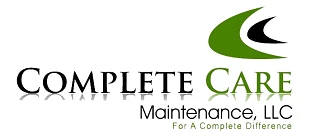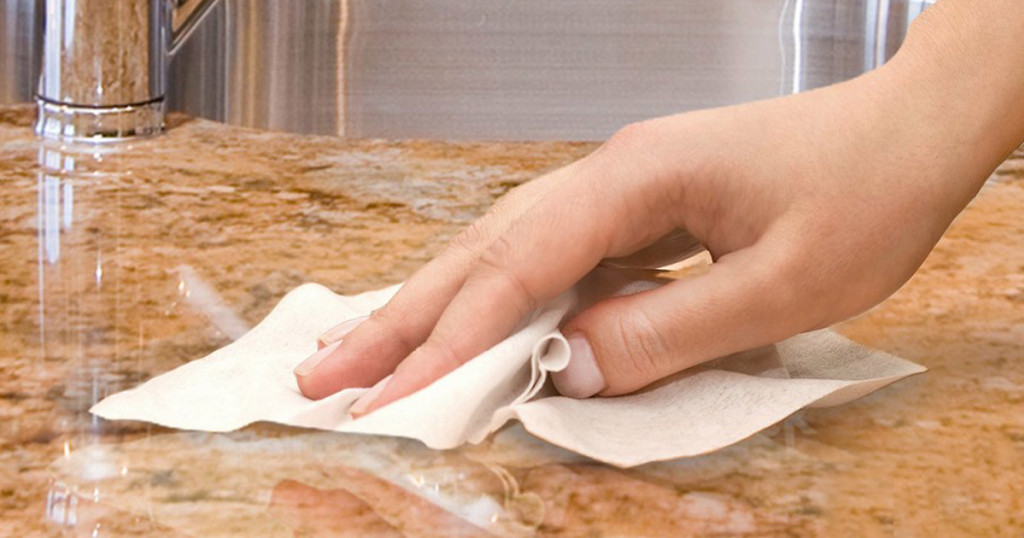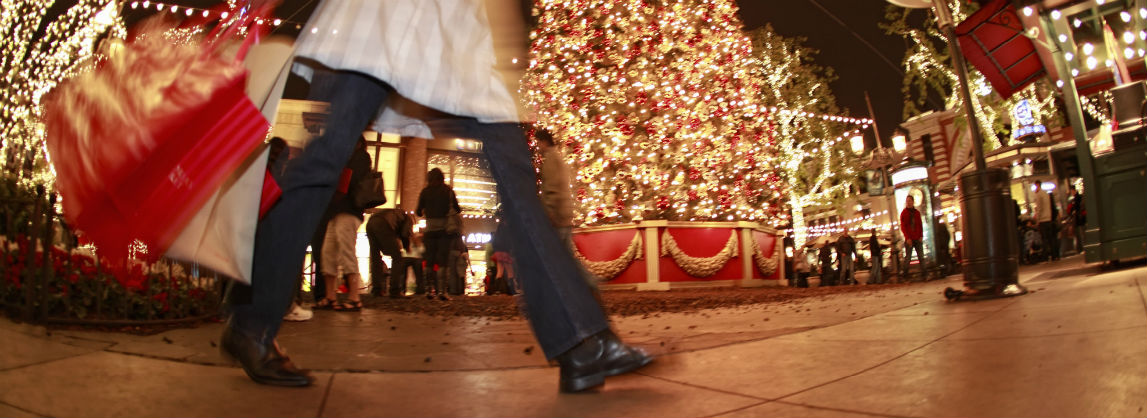The terms ‘cleaning’, ‘sanitizing’, and ‘disinfecting’ are often used interchangeably, but the reality is that all of these terms are distinct, and knowing the difference is imperative for maintaining a healthy workplace environment. So, what exactly do these words mean?
Cleaning
Cleaning removes allergens and microorganisms from the environment. When a surface is clean, soap or detergent has been used to remove dirt, germs, and impurities. Surface cleaning helps reduce the number of germs that can lead to infection, however, it does not necessarily kill any germs. In general, it is safe to clean surfaces where the risk of spreading pathogens from the surface is low.
Disinfecting
Disinfecting a surface means that chemicals are being used to kill germs. This does not necessarily mean that dirt, germs, and impurities are being removed from the surface, but by killing the germs, the risk of spreading infection is lowered.
For a disinfectant to kill germs, its labeled dwell time should always be allowed. A dwell time, or contact time, is the amount of time the manufacturer has determined, through laboratory testing, that the disinfectant should remain wet on a surface. If proper dwell times are not followed, germs and pathogens may survive the application.
Making sure the disinfectant stays wet is crucial. There is an array of factors that play into how long the disinfectant will stay wet including the application method and composition of ingredients in the disinfectant. The type of surface, humidity, air flow, and temperature are all factors that can affect the amount of time it takes the disinfectant to dry on a surface.
Sanitizing
Sanitary surfaces can be created either by removing germs (cleaning) or killing germs (disinfecting). There are a few different methods used to achieve a sanitary surface: heat, radiation, and chemicals.
To sanitize through use of heat, steam, hot water, or hot air can be used at the appropriate temperature for the recommended amount of time.
For radiation, sanitation can be achieved through the use of ultraviolet radiation.
Chemicals that are effective sanitizers at the proper concentration include chlorine, iodine, and quaternary ammonium. Just as the proper dwell time must be followed for a disinfectant to be effective, a chemical sanitizer must also be allowed to sit for its recommended dwell time.
Other factors that influence the efficacy of a sanitizing chemical include temperature and concentration. Most chemical sanitizers should be kept between 55 degrees F and 120 degrees F. If the concentration of the sanitizing agent is too low, the microorganisms may survive the application. If the concentration is too high, the chemical could be toxic.
In Summary
Being able to understand the differences between these key phrases can help you determine the level of cleanliness necessary for a particular surface. In general, it is safe to clean surfaces where the risk of spreading pathogens from the surface is low. A disinfectant should be used on surfaces where there is a greater likelihood of pathogen transfer such as gym mats. Sanitation is commonly used on food contact surfaces as part of the food code.
Need help with cleaning, disinfecting, and sanitizing your workplace? Complete Care can help.








